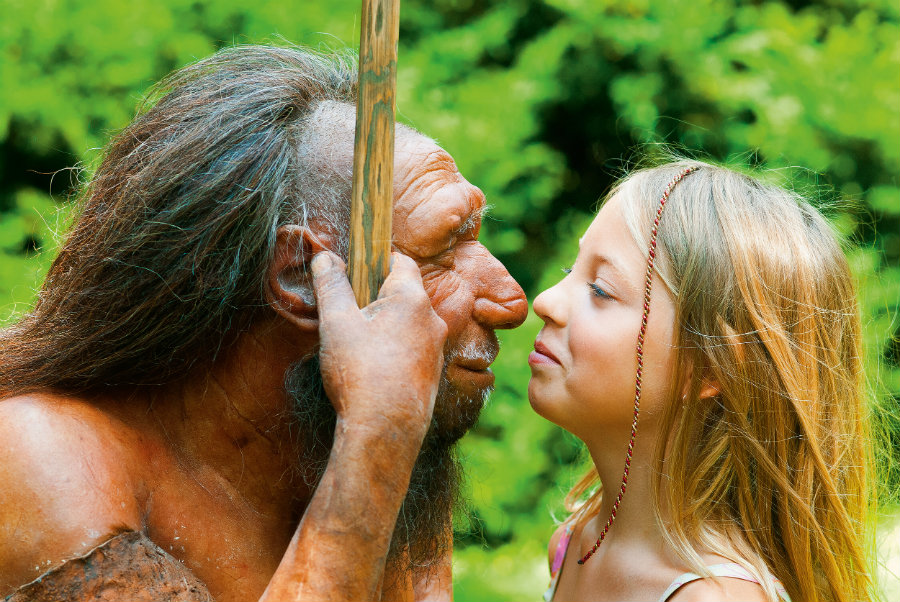Nearly 100,000 years ago, anatomically modern humans migrated out of Africa and encountered a similar species in their way: the Neanderthal. These two populations were able to interbreed, causing that around ¼ of non-African humans today have Neanderthal genome in their genetic material.
The only thing that is assured about the integration between both human lineages relies on the evidence present in our genomes. However, groups of experts have been discovering a lack of Neanderthal genes in the modern human anatomy. This becomes a mystery to the scientific community, and automatically suggests the possibility of natural selection method as the answer to this phenomenon.

A team of geneticists from the University of California investigated deeply into the DNA modifications in the modern human genetics. The orientation of this investigation is to understand if the Neanderthal genes that had disappeared represented a disadvantage to the heterogeneous population.
Study and answers
According to the results of the survey, it was proved that the Neanderthal DNA didn’t cause any major problems for its owners. However, part of the genetic material appears to be deleterious to humans and is right here when natural selection works to remove it. This condition only appears once the genes are transmitted to the human genetic system.
“Selection against individual Neanderthal alleles is very weak. This is consistent with the idea that Neanderthals over time accumulated many weakly deleterious alleles that in their small population were effectively neutral. However, after introgressing into larger human populations, those alleles became exposed to purifying selection.,” said the study published in PLOS journal.
Basically, when both lineages interbred, these weakly sequences that are harmful only to the receiving population were purged rapidly. In opposite of the natural selection present on the Neanderthals, where this sequences didn’t represent anything more than a non-damaging condition and weren’t shed off.
Considering the sizes of both populations, there was a lot of genetic information present in the human that came from Neanderthal ancestry, in exchange of the small genomes passed by the human breed to the extinct species.
Nonetheless, this information that humans received does not represent a genuine harm. According to Doctor Graham Coop, from the University of California, the Neanderthal breed managed to survive archaic earth conditions for hundreds of thousand of years, even with these genetic features. Concluding that these characteristics that are deleterious to modern humans didn’t affect Neanderthal life and even were irrelevant to their subsequent extinction.
Source: PLOS Genetics
